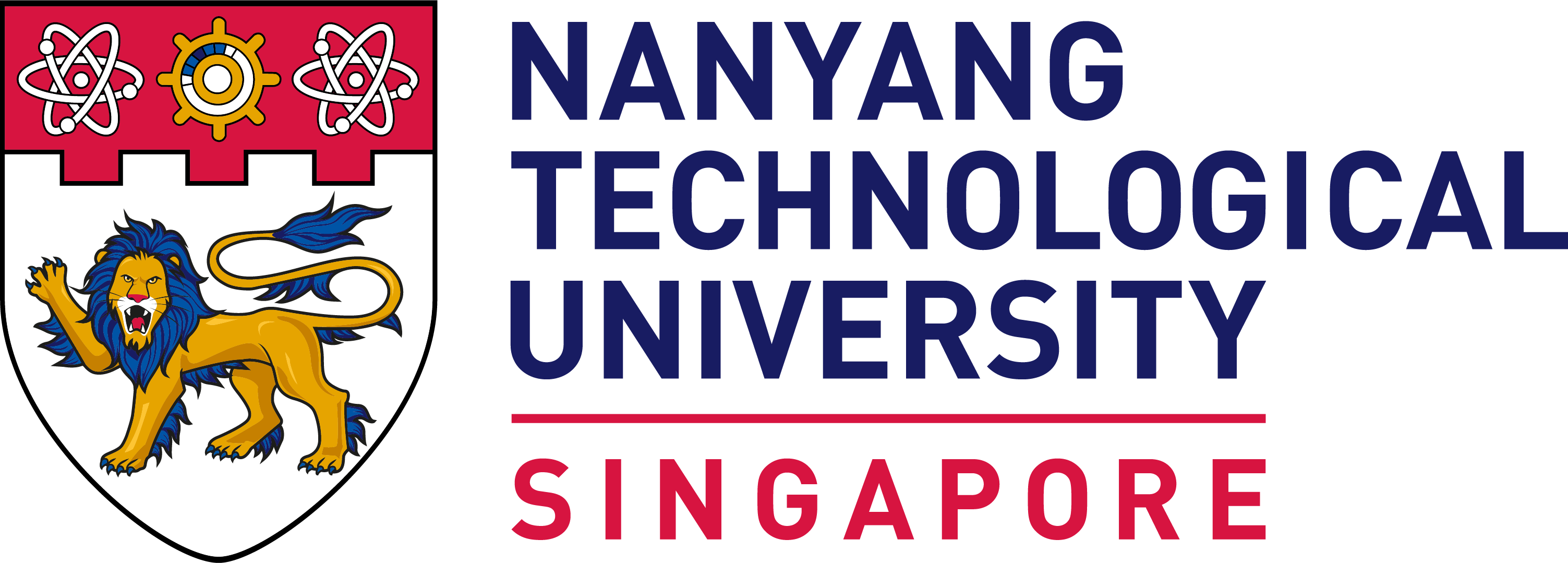Adjunct Associate Professor Liu Huajun

Principal Scientist / Group Leader, Deputy Head of Department
Institute of Materials Research and Engineering (IMRE), A*STAR
Email: liu_huajun@imre.a-star.edu.sg
Institute of Materials Research and Engineering (IMRE), A*STAR
Email: liu_huajun@imre.a-star.edu.sg
Current Research Interests
- Thin film growth for next-generation microelectronics
- Radio frequency acoustic resonators for wireless communication
- Epitaxial thin films for electro-optic modulators
- Synchrotron X-ray based scattering, spectroscopy and imaging
Biographical Information
Huajun Liu obtained his PhD degree from the National University of Singapore and conducted postdoctoral research at the Argonne National Laboratory, US. He is currently Group Leader of the Oxide Lab at A*STAR IMRE, where he focuses on developing high-performance oxide thin films for next-generation microelectronics, particularly for 5G/6G wireless communications and electro-optic modulators. He has published as the first author or corresponding author in top research journals, including Nature, Science, Physical Review Letters and Advanced Materials. He has been awarded the Charles Hatchett Award from the Institute of Materials, Minerals and Mining (UK) and was named an A*STAR Fellow. As leading Principal Investigator, he has received prestigious funding grants, including the National Research Foundation (NRF) Competitive Research Programme (CRP) and the Individual Research Grant (IRG).
Selected Publications
B. Lin, K. P. Ong, T. Yang, Q. Zeng, H. K. Hui, Z. Ye, C. Sim, Z. Yen, P. Yang, Y. Dou, X. Li, X. Gao, C. K. I. Tan, Z. S. Lim, S. Zeng, T. Luo, J. Xu, X. Tong, P. W. F. Li, M. Ren, K. Zeng, C. Sun, S. Ramakrishna, M. B. H. Breese, C Boothroyd, C. Lee, D. J. Singh, Y. M. Lam*, H. Liu*, Ultrahigh electromechanical response from competing ferroic orders, Nature, 633, 798 (2024).
- H. Liu*, H. Wu, K. P. Ong, T. Yang, P. Yang, P. K. Das, X. Chi, Y. Zhang, C. Diao, W. K. A. Wong, E. P. Chew, Y. F. Chen, C. K. I. Tan, A. Rusydi, M. B. H. Breese, D. J. Singh, L.-Q. Chen, S. J. Pennycook and K. Yao*, Giant Piezoelectricity in oxide thin films with nanopillar structure, Science, 369, 292, (2020).
- S. Zeng*, C. S. Tang*, Z. Luo, L. E. Chow, Z. S. Lim, S. Prakash, P. Yang, C. Diao, X. Yu, Z. Xing, R. Ji, X. Yin, C. Li, X. R. Wang, Q. He, M. B. H. Breese, A. Ariando*, and H. Liu*, Origin of a Topotactic Reduction Effect for Superconductivity in Infinite-Layer Nickelates, Physical Review Letters, 133, 066503 (2024).
- H. Liu, Y. Dong, M. Galib, Z. Cai, L. Stan, L. Zhang, A. Suwardi, J. Wu, J. Cao, C. K. I. Tan, S. K. R. S. Sankaranarayanan, B. Narayanan, H. Zhou and D. D. Fong, Controlled formation of conduction channels in memristive devices observed by X-ray multimodal imaging, Advanced Materials, 34, 2203209 (2022).
- H. Liu, Y. Dong, D. Xu, E. Karapetrova, S. Lee, L. Stan, P. Zapol, H. Zhou and D. D. Fong, Dynamic Field modulation of the octahedral framework in metal oxide heterostructures, Advanced Materials, 30, 1804775 (2018).

